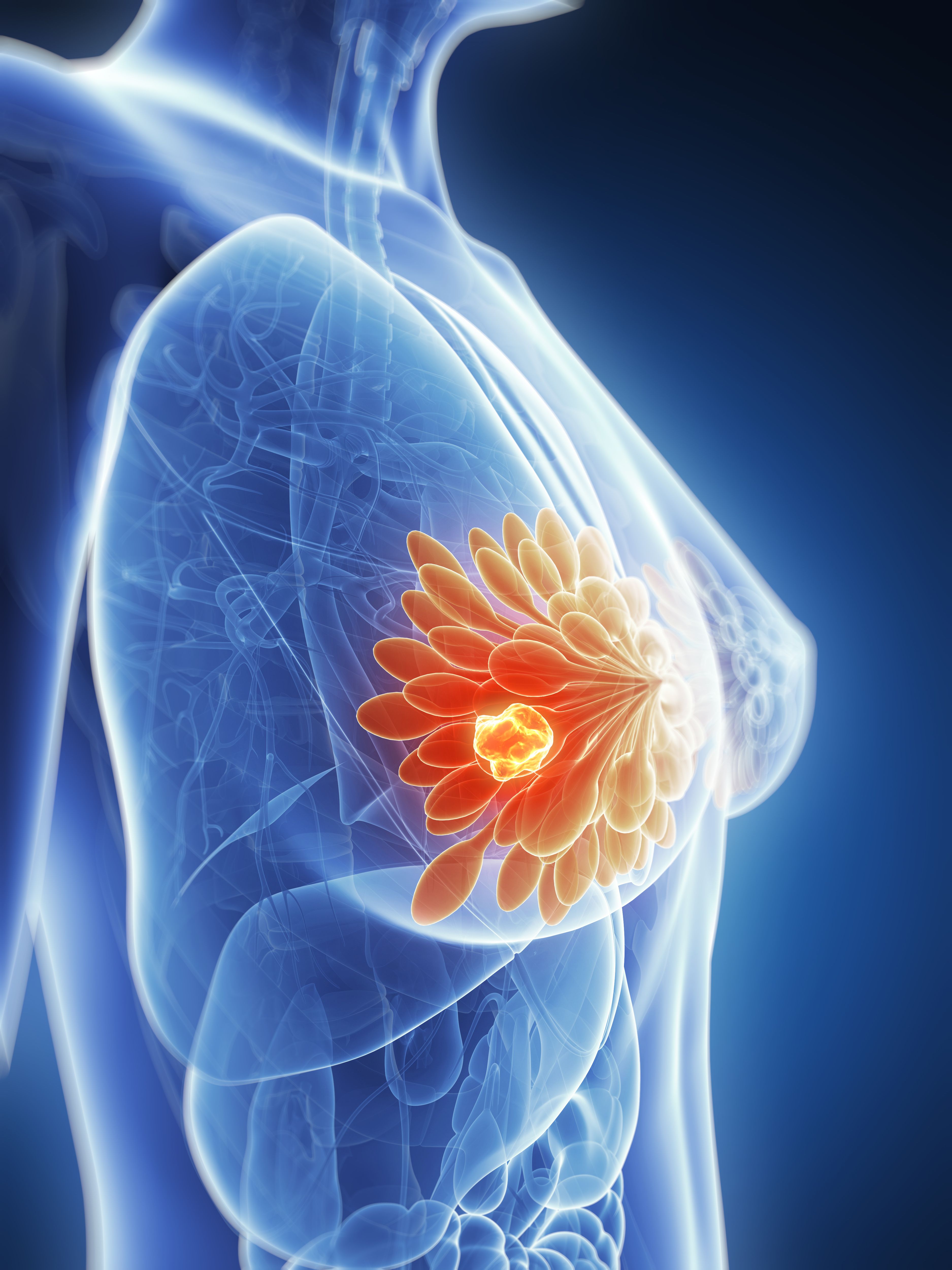Continuous Anastrozole May Improve Survival in Postmenopausal Breast Cancer
An additional 5 years of adjuvant aromatase inhibition following initial therapy may improve survival outcomes among disease-free patients with postmenopausal breast cancer, according to results from the phase 3 AERAS study.
Extending treatment with adjuvant anastrozole (Arimidex) for an additional 5 years among disease-free patients with postmenopausal hormone receptor (HR)–positive breast cancer tolerably improved some survival outcomes, according to findings from the phase 3 AERAS study published in the Journal of Clinical Oncology.
The extended treatment duration produced a 5-year disease-free survival (DFS) rate of 91% (95% CI, 89%-93%) vs 86% (95% CI, 83%-88%) in the control group (HR, 0.62; 95% CI, 0.46-0.83; P = .0010). Additionally, 10 local recurrences occurred in the experimental group vs 27 in the control group, and the incidence of second primary cancers was 27 vs 52, respectively (P = .0074). The extended duration also yielded significantly fewer secondary cancers, other than in the breast (P = .0081).
“The AERAS study showed that 5 years of endocrine therapy including anastrozole followed by another 5 years of treatment with anastrozole resulted in improved DFS in patients with [HR]–positive breast cancer, with no major [adverse] effects,” the investigators wrote.

Conversely, investigators found no significant difference in overall or distant DFS, incidence of death, or overall survival (OS; Hazard ratio, 1.13; 95% CI, 0.61-2.10; P = .7042).
“The AERAS study showed that 5 years of endocrine therapy including anastrozole followed by another 5 years of treatment with anastrozole resulted in improved DFS in patients with [HR]–positive breast cancer, with no major [adverse] effects,” the investigators wrote. “However, as in previous studies, no significant differences were obtained for either distant DFS or [OS]. Even if the improvement in DFS was largely due to suppression of local recurrence and second cancer events, any adverse [effects] were well tolerated, suggesting that extended anastrozole therapy could be a possible treatment choice in postmenopausal patients with [HR]–positive breast cancer.”
Investigators of this prospective, multicenter, open-label trialassessed outcomes in 1593 patients, comprising 787 in the experimental group and 806 in the control group. Over 50% of patients in both groups had a tumor status of T1, and over 80% in both groups had stage I or IIA disease. Over 90% of patients had previously received anastrozole alone for 5 years. Additionally,1051 patients had undergone breast-conserving surgery; among this population, irradiation was omitted in 130 patients in the experimental group and 129 in the control group.
The median patient age in both groups was 64.0 years old. Median BMI was 22.8 (range 15.8-47.2) in the experimental group and 23.1 (range, 15.8-40.4) in the control group.
Investigators enrolled patients who were disease-free after either 5 years of treatment with anastrozole alone or 2 to 3 years of treatment with tamoxifen followed by 2 to 3 years of anastrozole. Patients in the experimental group received oral anastrozole at a dose of 1 mg once daily for 5 years; those in the control group underwent observation without treatment for 5 years. Oral bisphosphonates were administered if patients experienced a sufficient loss of bone mineral density according to prespecified criteria.
Bone-related adverse effects (AEs) occurred more frequently among patients in the experimental group than in the control group. In the experimental and control groups, respectively, the incidence of arthralgia was 37% vs 29% (P = .0013), the incidence of new-onset osteoporosis was 47% vs 44% (P = .0267), and the incidence of stiff joints was 21% vs 12% (P < .0001). Hot flashes also occurred in 14% of those in the experimental group and in 10% of those in the control group (P = .0167).
Overall, 31% of patients in the experimental group and 21% of those in the control group received once-weekly oral bisphosphonates.
“Treatment decisions should be individualized through a shared decision-making process between clinicians and patients,” the investigators concluded. “Further studies, including meta-analyses, are needed to identify suitable patients for [aromatase inhibitor treatment] extension.”
Reference
Iwase T, Saji S, Iijima K, et al. Postoperative adjuvant anastrozole for 10 or 5 years in patients with hormone receptor-positive breast cancer: AERAS, a randomized multicenter open-label phase III trial. J Clin Oncol. Published online April 20, 2023. doi:10.1200/JCO.22.00577